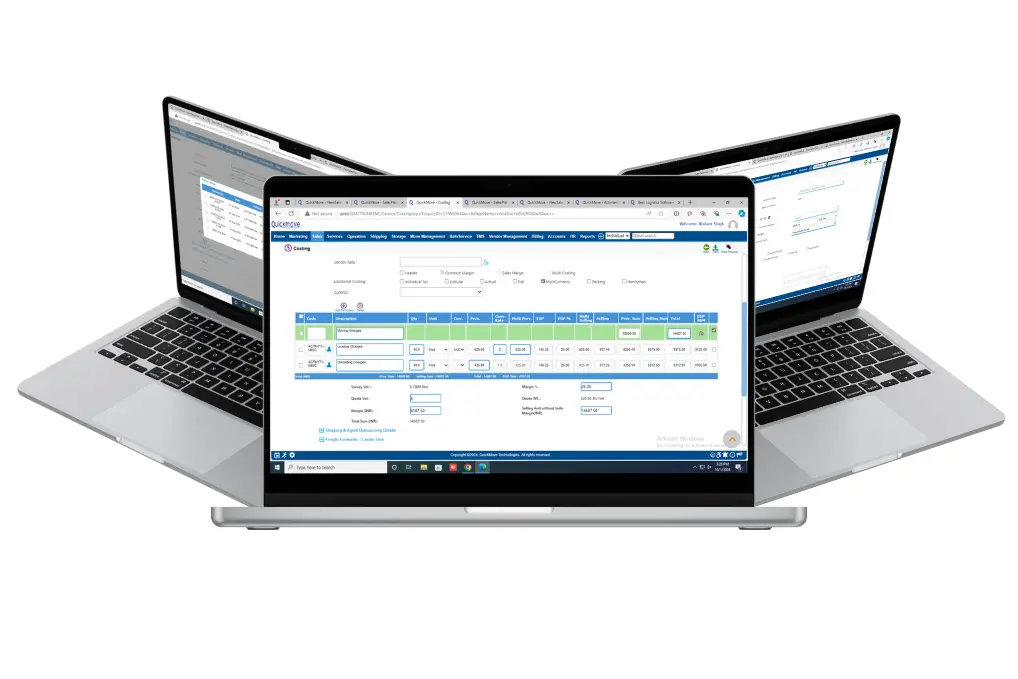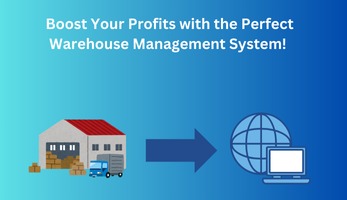In today’s competitive business environment, every investment must drive measurable returns. For businesses involved in warehousing and logistics, a Warehouse Management System (WMS) offers an unparalleled opportunity to maximize Return on Investment (ROI). But how do you ensure you’re choosing the right WMS? In this blog, we’ll explore the key factors that make a WMS a smart investment and how to choose one that delivers maximum ROI for your business.
1. Enhancing Operational Efficiency
The core function of a WMS is to streamline your warehouse operations. By automating repetitive tasks, optimizing storage space, and enabling faster order picking, a WMS significantly reduces labor costs and improves throughput. Enhanced efficiency directly translates to higher productivity and reduced operational expenses.
2. Improving Inventory Accuracy
A right-fit WMS ensures real-time inventory tracking with minimal human intervention. Accurate inventory data reduces errors such as overstocking, stockouts, and mis-picks. This not only minimizes costly mistakes but also improves customer satisfaction by ensuring timely deliveries.
3. Reducing Waste and Costs
With better inventory control and optimized processes, a WMS helps reduce wastage—be it time, space, or resources. For instance, advanced features like AI-enabled demand forecasting allow you to plan better, avoiding unnecessary costs from holding excessive inventory or dealing with deadstock.
4. Enabling Data-Driven Decisions
Modern WMS solutions provide powerful analytics tools, offering actionable insights into warehouse performance. By identifying bottlenecks and trends, you can make informed decisions to improve operations. Data-driven strategies often result in better resource allocation and increased profitability.
5. Supporting Scalability and Growth
A WMS designed for scalability can grow with your business. As your operations expand, the system can handle larger volumes, multiple locations, and complex workflows without missing a beat. This future-proofing ensures a consistent ROI over time, making it a long-term asset for your business.
6. Seamless Integration with Existing Systems
The right WMS integrates seamlessly with your existing systems, such as ERP, TMS, and CRM platforms. This creates a unified ecosystem where data flows effortlessly across departments, reducing inefficiencies and enabling better collaboration.
How to Choose the Right WMS
- Assess Your Needs: Understand your warehouse challenges, goals, and budget.
- Focus on Customization: Opt for a WMS that can be tailored to your unique business needs.
- Evaluate Features: Look for advanced features such as real-time tracking, AI tools, and cloud capabilities.
- Scalability is Key: Ensure the WMS can grow with your business.
- Check Vendor Support: Strong technical support and training are critical for a smooth implementation.
Conclusion
Investing in the right Warehouse Management System is not just about improving your day-to-day operations—it’s about creating a foundation for sustainable growth and profitability. By enhancing efficiency, accuracy, and scalability, a WMS ensures that every dollar you spend delivers maximum returns.
Choosing the right WMS may seem daunting, but with a clear understanding of your needs and goals, it’s an investment that will pay dividends for years to come. Start maximizing your ROI today with a WMS that’s built for your business!
 Email Us
Email Us

 Freight Forwarding Software
Freight Forwarding Software Moving/Removal Software
Moving/Removal Software Warehouse Management System
Warehouse Management System Transport Management System
Transport Management System Customer Service Portal
Customer Service Portal Move Survey Quote Pro
Move Survey Quote Pro Digital Logistics Inventory App
Digital Logistics Inventory App

